Auxiliary Cruiser, Armed Merchantman, Merchant Cruisers, Privateers—time has given this concept a variety of names.
For those new to the concept, let’s look at the technical definition of an Auxiliary Cruiser from wiktionary:
auxiliary cruiser (plural auxiliary cruisers)
(military, nautical) An armed merchantman, typically used as a commerce raider or as a convoy escort.
That is a roughly accurate definition for the last couple hundred years or so, as there is a long tradition from the dawn of time when, in times of need, converting merchant ships to military purposes. The most significant reason was simply there was no time to build bespoke military vessels. Never forget, one of the cornerstones of our Navy, John Paul Jones’s Bonhomme Richard was originally an East Indiaman, arguably a “teethy merchantman,” named Duc de Duras.
We’ve highlighted here through the years the significant war record of WWII Auxiliary Cruisers, the German Komoran, as well as the Royal Navy’s Jervis Bay and Armed Merchantman Canadian Beaverford.
Why would you put merchantmen with bolted on weapons to sea to face purpose-built warships? For the same reason a whale catcher was turned in to the prolific Flower Class Corvette; war found you short of ships for the missions demanded.
In more modern times, in a fashion, you can include the Atlantic Conveyor of Falkland Islands War fame..
If you take the threat west of the International Date Line seriously with one eye, and then ponder the absolute state of the American shipyard industrial capacity with the other, then you had to have at one point recently wondered - is it time to make Auxiliary Cruisers Great Again?
If not, the news of the last couple of years should have woken you up to the possibility.
In WWII, there simply were not enough warships to escort the convoys on one hand, nor enough to send through the seas hunting random merchant ships not in convoys. See a need, fill a need brought us the Auxiliary Cruisers to do both.
Where is the shortage right now? Well, the myopia of the Age of Transformationalism and poor decisions on ship design mixed with shambolic program management the last quarter century begat a fleet woefully short of VLS cells. We don’t have the industrial capacity or political will to increase them in time to roll out non-existent cruisers, Cold War derived destroyers, and over-altered eurofrigates—so where do we get our VLS cells?
Shipmate…the hints are all around you. The Dutch are pondering it a bit. Via our friend John Konrad at gCaptain;
The Dutch Ministry of Defense has announced a bold investment of up to €1 billion in two new support vessels that could redefine naval logistics. These ships, each measuring just 174 feet in length and displacing a mere 600 tons, will be operated by a skeletal crew of as few as eight sailors. Compare that to the De Zeven Provinciën-class frigates, which tower over these new vessels at 473 feet and require a crew of around 230.
Part of the concept is to be a “loyal wingman” type addition to their frigates, but let’s not focus on that. Let’s focus on the greatest invention since the Bailey Bridge, the shipping container.
As we discussed earlier this summer, the Army likes their TLAM and SM-6 capable shipping containers.
The Germans have bought to us this little nightmare:
German defense contractor Rheinmetall is pitching a containerized launcher concept for Hero family loitering munitions, also known as other kamikaze drones, from Israeli firm UVision. The modified shipping container with 126 launch cells opens up a host of operational possibilities on land and at sea.
Now I want you to ponder the “Containers Across” figure in the below graphic.
No need to get greedy, just a single layer on deck, or part of the deck, with a landing pad or two. We could come up with a half a dozen “quickly” modified versions of all the ships above. I am sure our friends from Northrop-Grumman would be glad to help ideate.
Like I said above: see a need, fill a need.
We need a lot more VLS cells that can travel west of the International Date Line. Sure, it would have been great if we didn’t make a dog’s breakfast out of CG(X). Yes, it would be great if we have two yards building FFG and DDG(X) was closer to displacing water … yes, yes … but none of those things will ever happen now or in the next decade. What can happen? Auxiliary Cruisers loaded with toothy ISO containers.
China, Russia, Israel, Iran … everyone sees this concept, but no one has really finished it and sent it to sea.
Why not the US Navy? We used to innovate.
Don’t let the perfect be the enemy of the good. Don’t let the uncrewed fetishists force a slide to the right. Let that develop in the 2nd, or more likely, 4th generation, if ever. Modify merchant ships a little, test/deploy a little, modify more a lot.
Where do we get the crews? Of all the services, the US Naval Reserve captures the talents of departing active duty servicemembers the worst. Make them USNR and give them point defense systems. We know how to do that and we have the systems in place.
We know what the need is, and we have a good solution right in front of us.
Are their soft spots in the concept? Sure. I could write a page on the problems, but to paraphrase a great man;
“We must bring more VLS cells west of the International Date Line in the next 36 months. The ship sourcing and manning problems must be mastered. Let me have the best solution worked out…Don’t argue the matter. The difficulties will argue for themselves.”
Technology risk is almost nil. Take the billions of dollars we’ve sent to the consultancy class in the last year…how many ships and modifications would that buy?

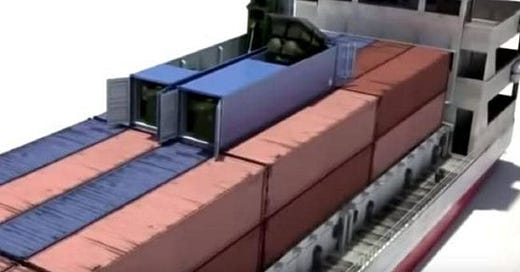


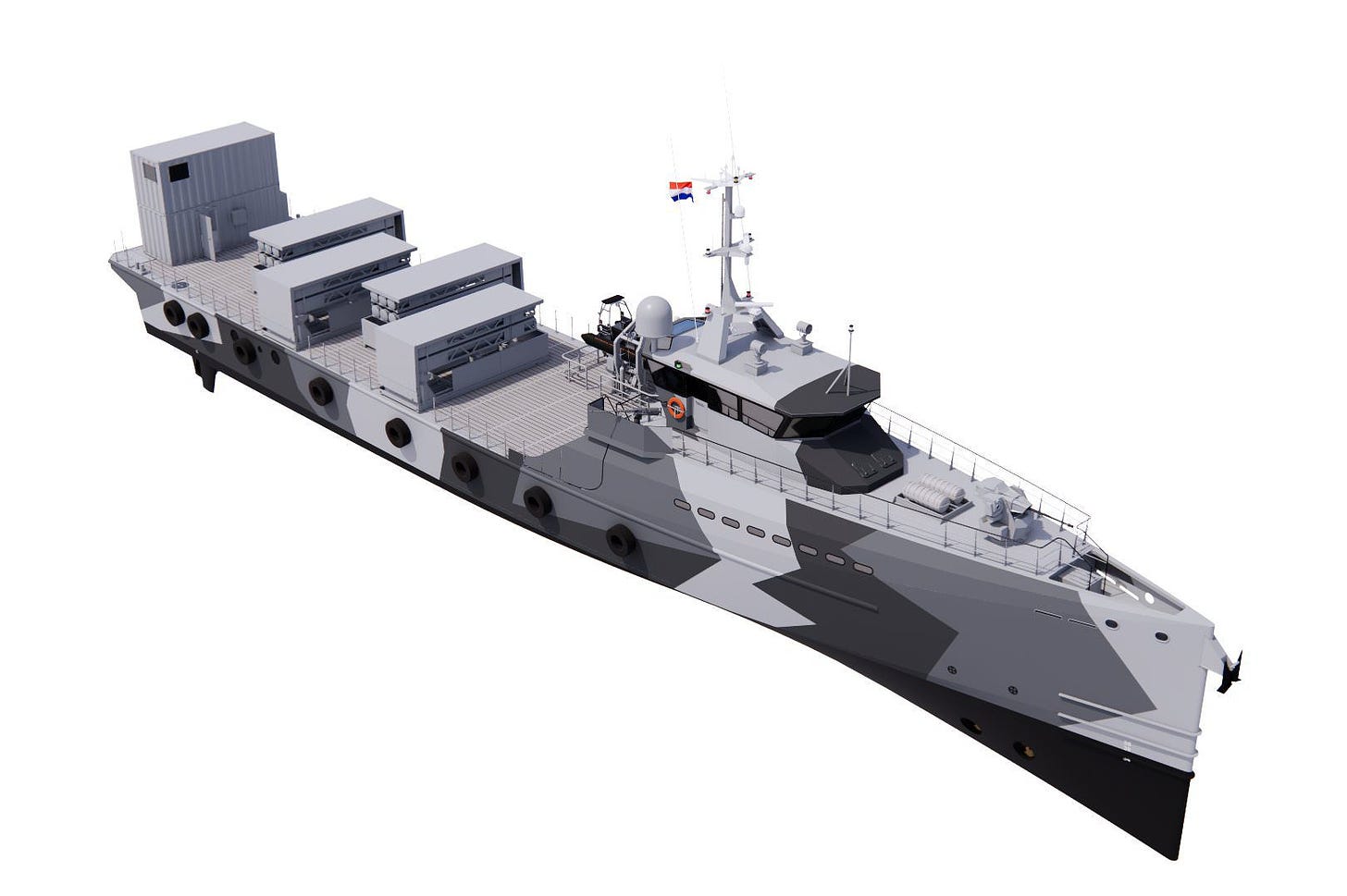
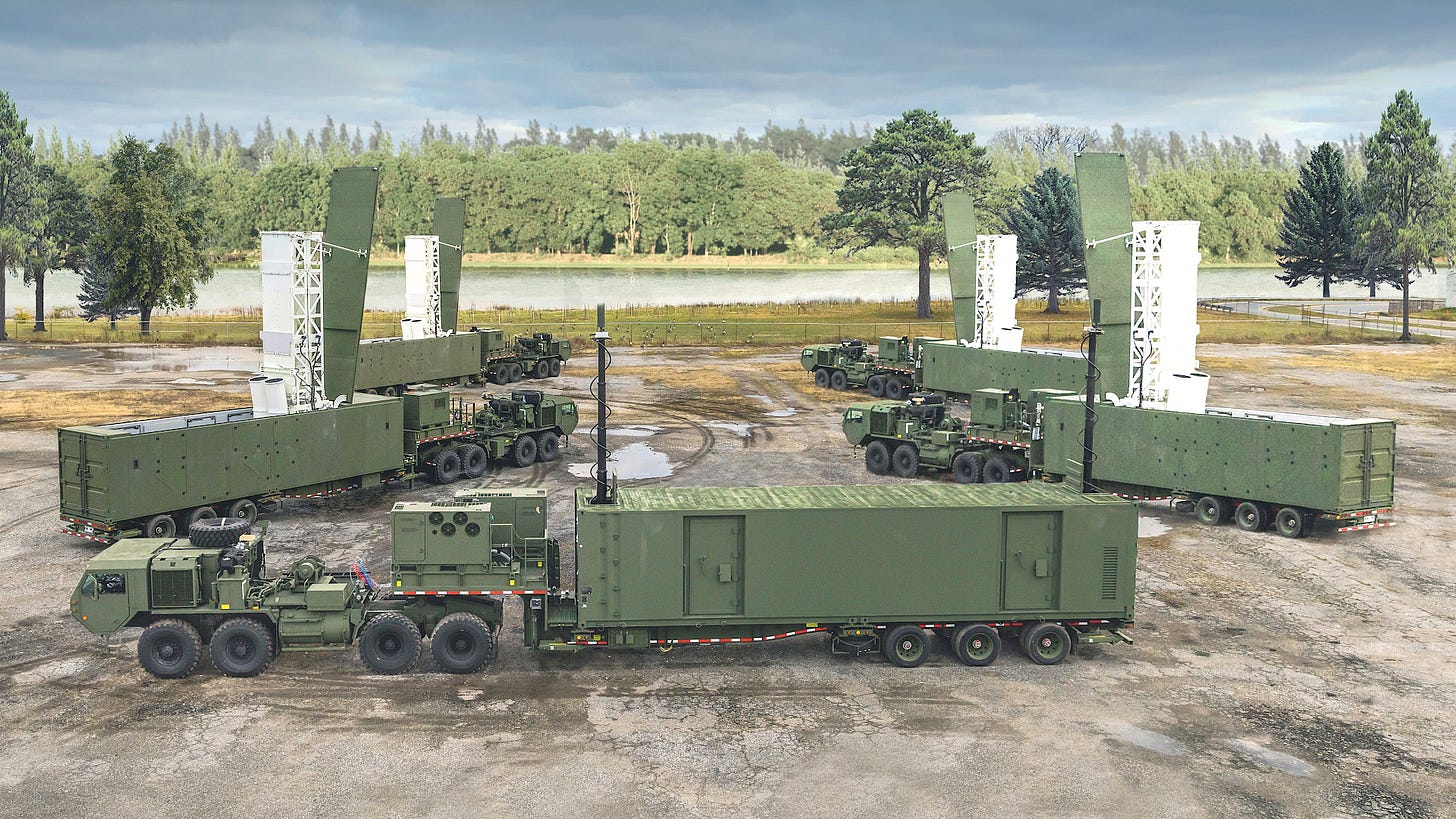
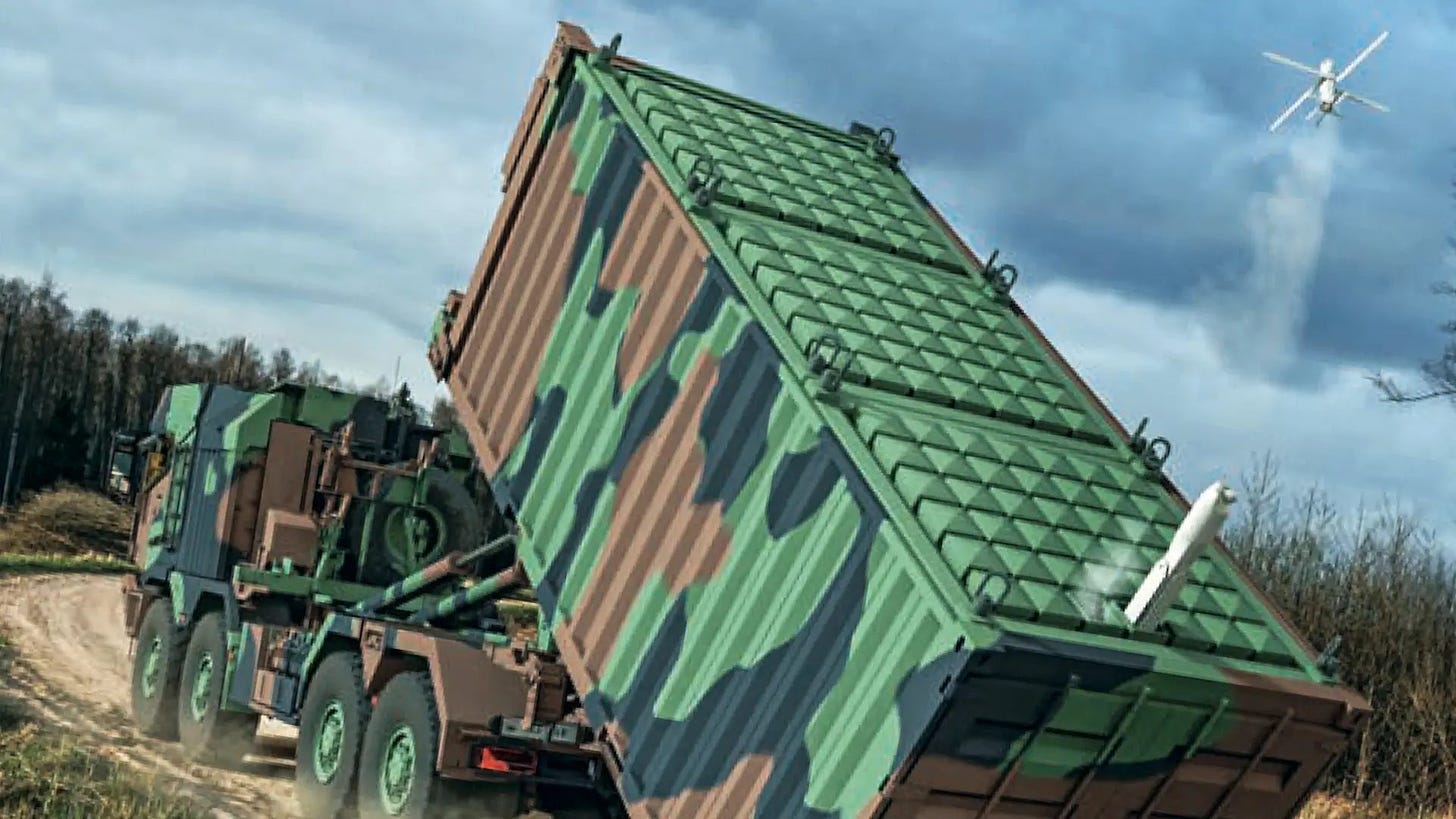
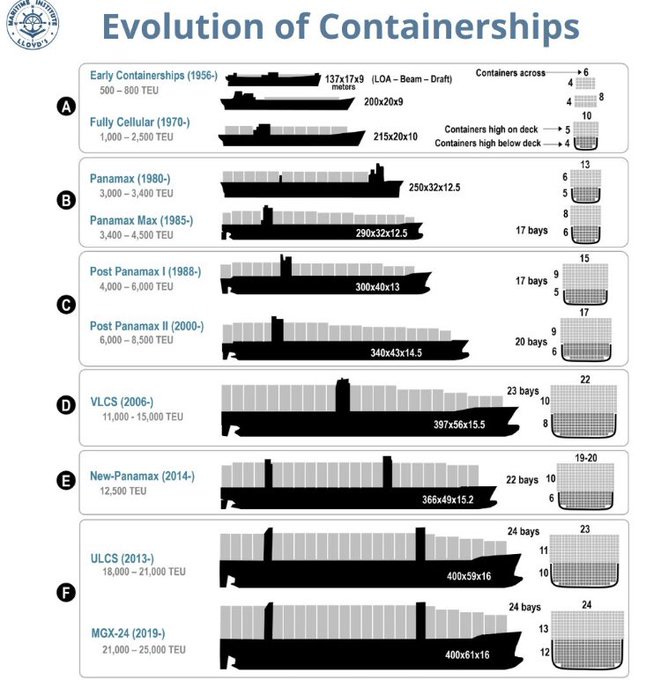
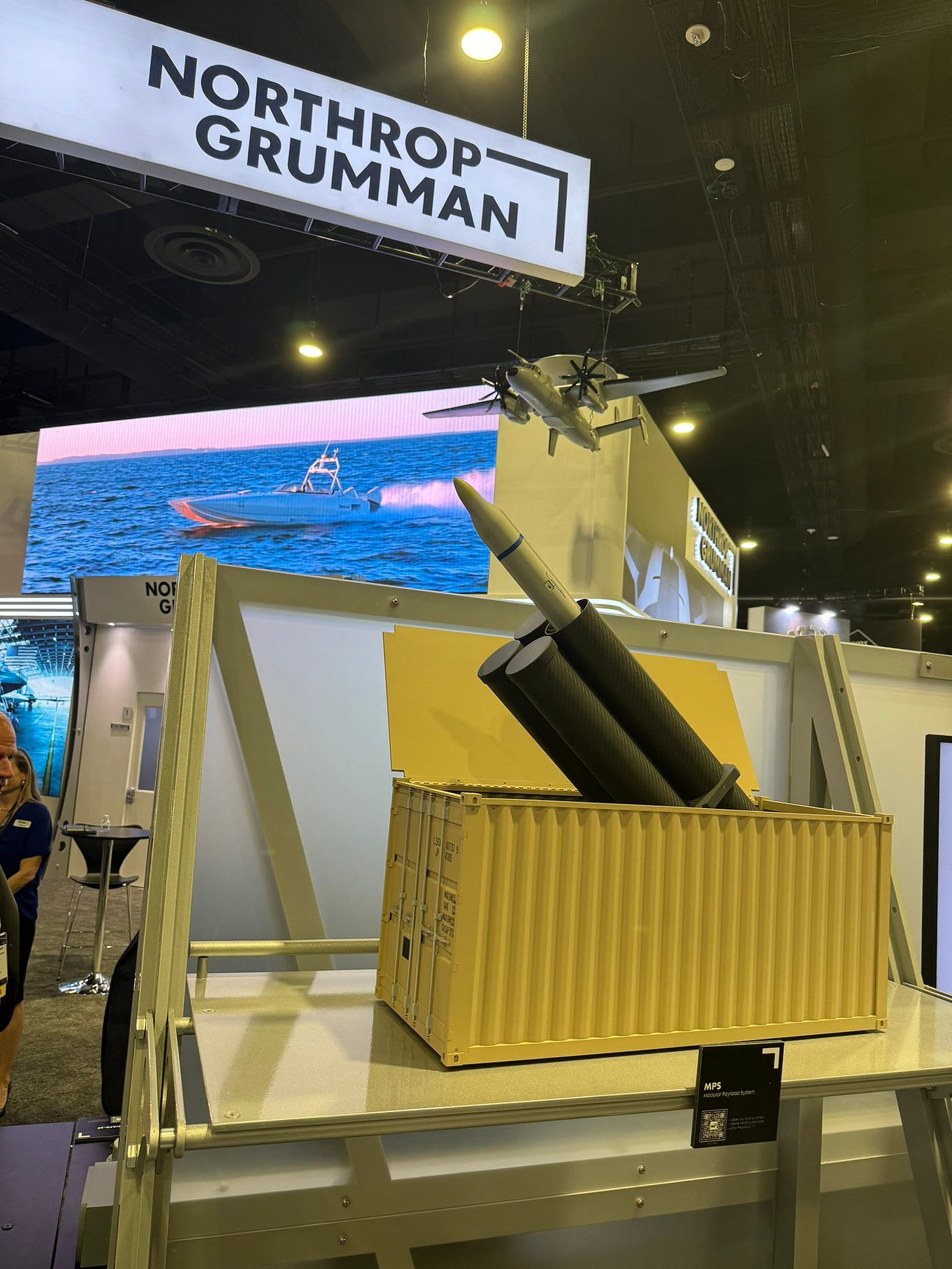

It strikes me what the Dutch are going to build is similar in concept to LUSV.
The Dutch, being the practical people they are, decided on a manned vessel rather than go down the rabbit hole of unmanned.
I predict the Dutch will get there first and for far cheaper than the US Navy with their LUSV.
Like with the glorified LCS OPV, the Navy and US Industry tends to favor overly complex and expensive solutions.
My grandfather's Seabee cruise books from the time he was in WWII in the So. Pacific were a catalog of examples of improvise, adapt and overcome. What could be accomplished with a 55 gallon drum was nothing short of an example of elegant simplicity - not perfect but very well suited to the circumstances. From their creation, Seabees have been about not the pursuit of perfection but solving the task at hand with the resources available & to pull from the resourcefulness that is in the DNA of Seabees to do what it is they do. Seabees wouldn't hesitate to do a bolt on/welded on solution that might not be the most elegant or most perfect answer but you could count on it working and often asking 'how the hell did they do that?" The "physics" of what we are facing in the shipbuilding arena when stacked up against near peer threats demands a culture of improvise, adapt, overcome... not the relentless pursuit of exquisiteness with a development & deployment timeline that stretches out into decades. If there was ever a time for this kind of resourcefulness it's now...